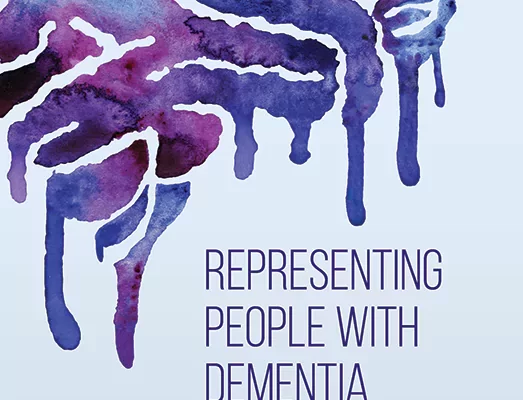Representing People with Dementia: A Practical Guide for Criminal Defense Lawyers

This excerpt is taken from a chapter on Testing by Margaret S. Russell, Esq. and Dr. Robert Ouauo in Representing People with Dementia: A Practical Guide for Criminal Defense Lawyers, Elizabeth Kelley, ed.
The number of older adults in the United States is rising, as is the incidence of dementia. As a result, older adults are more likely to come into contact with the justice system, and individuals with dementia are appearing in courts at an unprecedented rate. One out of every eight Americans 65 years or older has diminished mental capacity, as well as one out of every four over age 75, and one out of every two over age 85. Recognition and diagnosis of dementia could impact all phases of criminal litigation. In criminal practice, dementia is raised in conjunction with a defendant’s competency or to prove that a defendant is not guilty by reason of mental defect. It may also come into play in the selection of witnesses, the assessment of victims’ claims, and sentencing considerations. Due to cost and/or time concerns, dementia is often raised and diagnosed in error after quick screening procedures, rather than a full multifactorial investigation. As a result, legal practitioners must understand the basis of dementia diagnosis and be diligent in probing the methods used to diagnose and establish dementia in a court of law.
A full multifactorial diagnosis, including medical, neurological, and neuropsychological evaluation, scans, and even genetic testing, should be used to diagnose and establish dementia in a criminal court of law.
Medical Testing: A variety of laboratory tests might be used to help diagnose dementia or rule out other conditions. These tests can include hypertension, cholesterol, blood count, drug and alcohol toxicology screens, cerebrospinal fluid analysis (spinal tap), and analysis of thyroid functions. Other tests that might improve the accuracy of a dementia diagnosis include tests for kidney, liver, or blood glucose problems; B12 level; and tests for HIV and syphilis – infections known to cause dementia. In the context of one’s personal and medical history, the overall cognitive profile and pattern of relative strengths and weaknesses can help determine the presence of cognitive dysfunction and which brain systems may be implicated. At a minimum, a mental health evaluation of competence to proceed should include a review of the defendant’s history, current functioning, and understanding of the impending execution and the reasons for it.
Neuropsychological Testing: There is considerable clinical as well as biological variability that occurs in different dementing illnesses. Neuropsychological testing can be an important part of the differential diagnostic process in dementia. Standardized tests offer an opportunity to detect subtle cognitive abnormalities and differentiate dementia from normal aging. Neuropsychological examinations can also help differentiate dementia syndromes such as Alzheimer’s disease from cognitive impairment associated with psychiatric disorders, such as depression. Additionally, neuropsychological testing is more sensitive to identifying dementia disorders than cognitive screening. Regardless, even with the most sophisticated evaluations, it will not be clear in many individuals’ first examination whether a small degree of cognitive impairment represents a change consistent with dementia, so follow-up examinations are commonly needed to track progression
Brain Scans: Brain scans may be used to identify strokes, tumors, or other conditions that can cause dementia. Degeneration of the brain’s cortex (outer layer) or “cortical atrophy,” common in many forms of dementia, can be visible on a brain scan. The brain cortex normally appears wrinkled, with ridges (called gyri) and grooves (called sulci) in brain tissue. In individuals with cortical atrophy, the progressive loss of neurons causes the ridges to become thinner and the grooves to grow wider. As brain cells die, the ventricles (or fluid-filled cavities in the middle of the brain) expand to fill the available space, becoming much larger than normal. Brain scans identify these changes in the brain’s structure that suggest Alzheimer’s disease and other types of dementia.
Genetic Testing Research on genetic predispositions of dementia is rapidly developing. It has been established that there is a link between the APOE allele and its variants and both increased and decreased risk of developing Alzheimer’s kel51328_RepresentingDementia.indb 62 10/28/22 9:50 AM Chapter 5 • Testing 63 disease. (See Liu et al., Apolipoprotein E and Alzheimer Disease: Risk, Mechanisms, and Therapy (2013)). Genetic testing in dementia diagnosis is both novel and rapidly developing.


